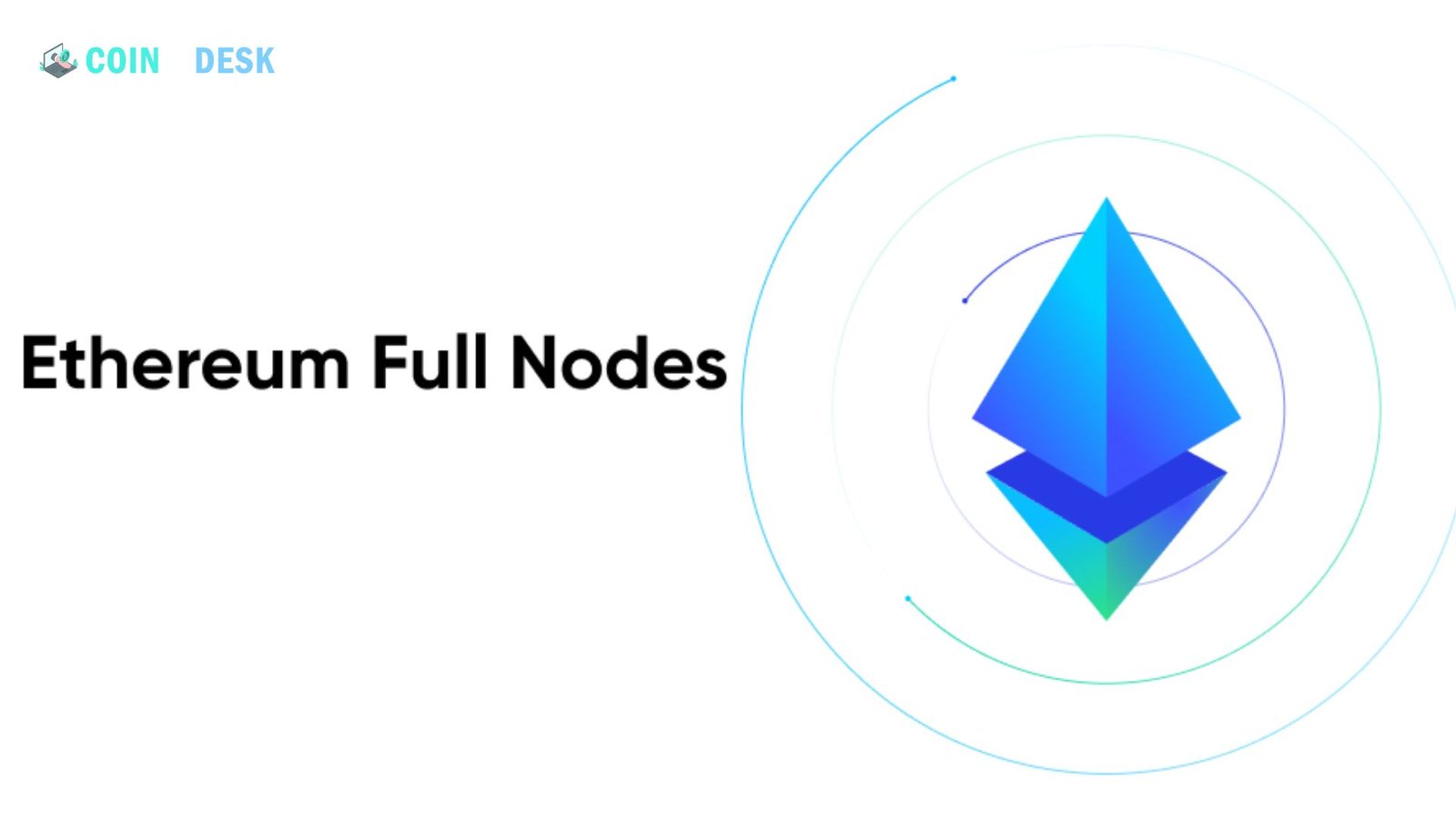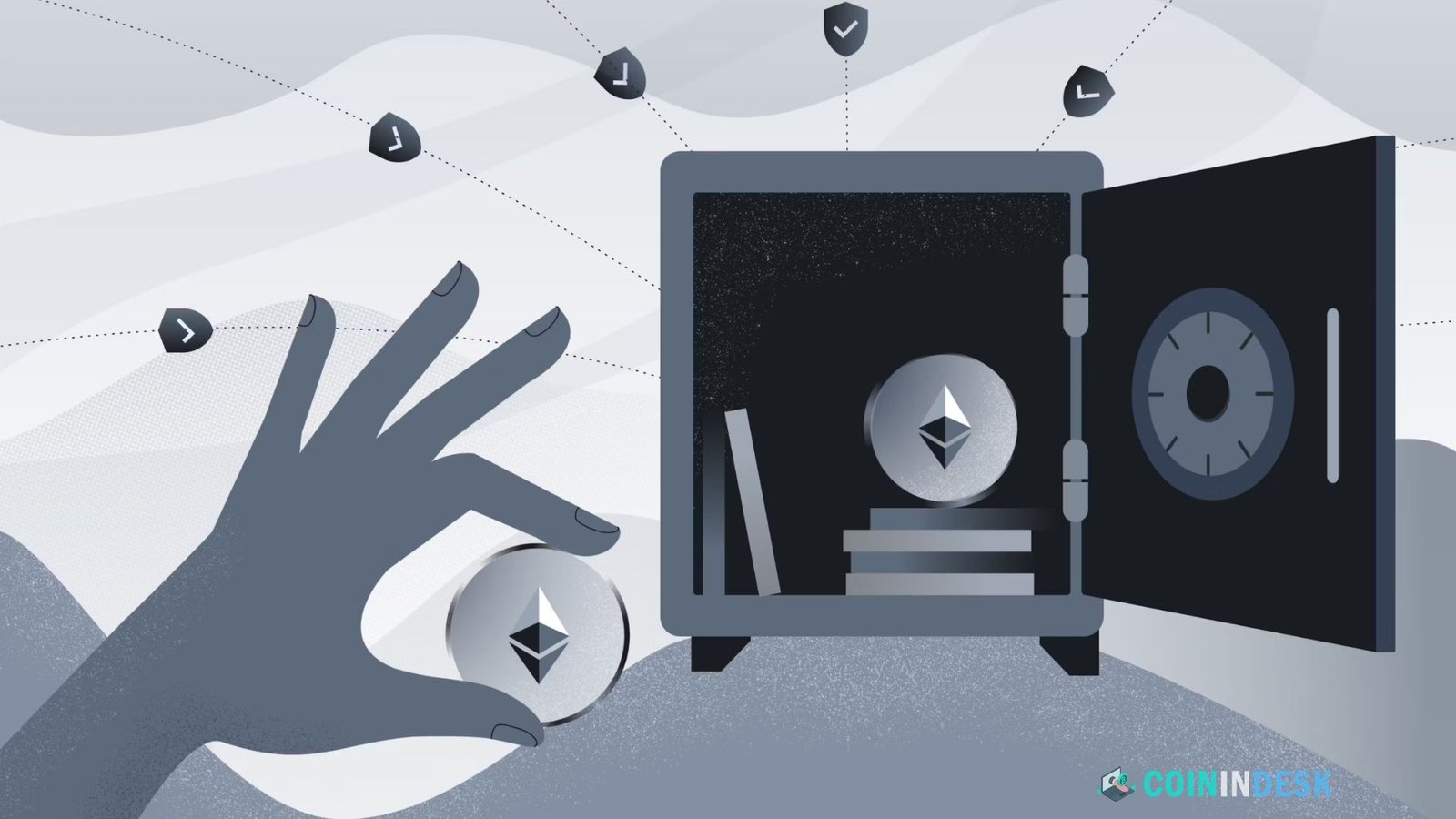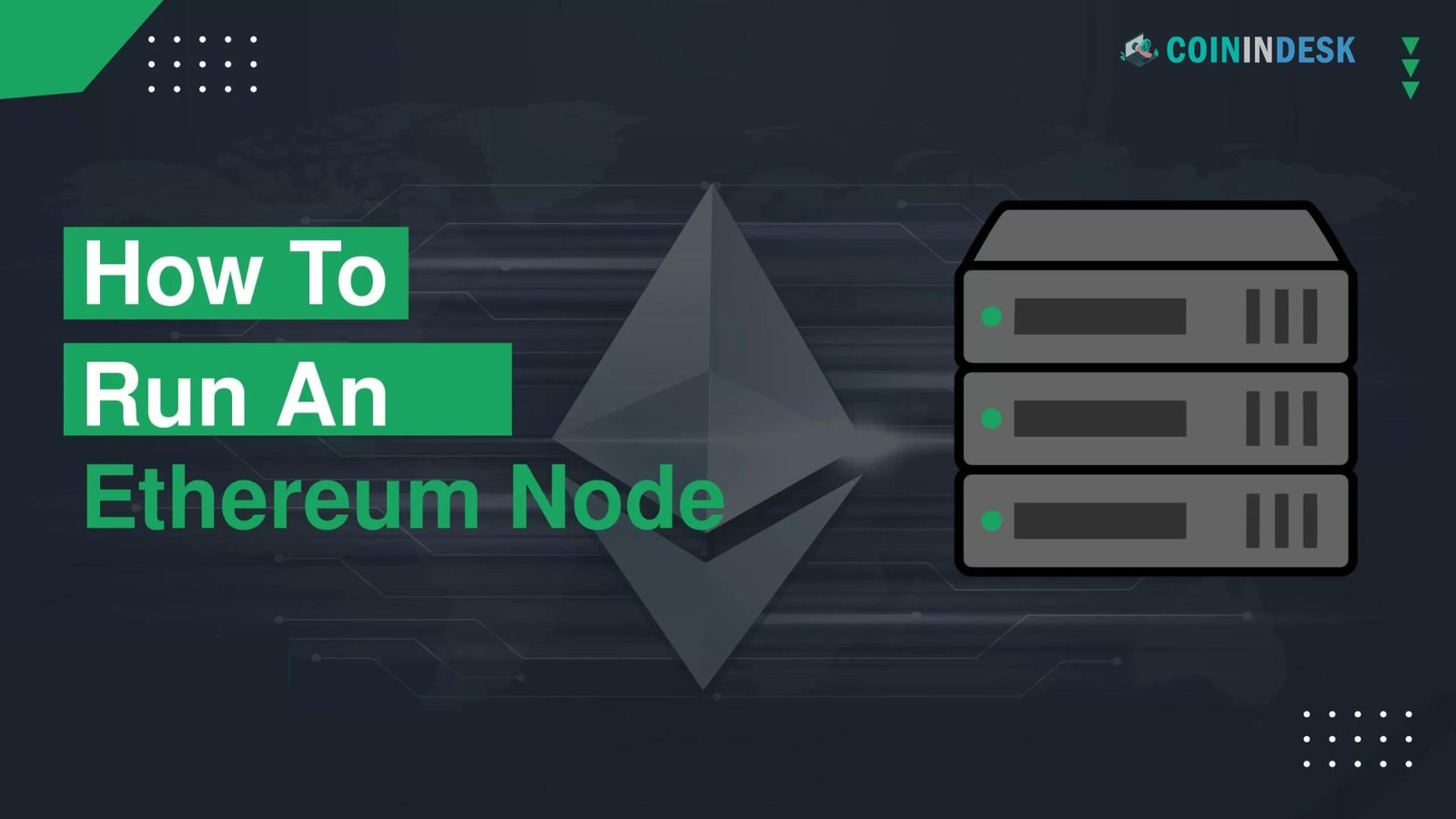Ethereum Node: A wide variety of decentralized apps (dApps), smart contracts, and decentralized finance (DeFi) platforms are powered by Ethereum, the world’s second-largest blockchain by market capitalization. Ethereum relies on its nodes, which are computers that store and validate data on the blockchain, to function. To keep the Ethereum network decentralized, secure, and trustless, it is essential to run an Ethereum node. If you’re new to the Ethereum ecosystem or just interested in blockchain technology, you should familiarize yourself with what nodes are and how they work.
What is an Ethereum Node?
An Ethereum node is any device, typically a computer, that participates in the Ethereum network by running the Ethereum software. Nodes are responsible for storing copies of the Ethereum blockchain, validating transactions, and executing smart contracts. They communicate with one another to keep the network synchronized and ensure that all participants see the same version of the blockchain.
Each node in the network works autonomously to validate data. Since Ethereum is a decentralized platform, no single authority governs the network, making these nodes critical for maintaining consensus. Nodes ensure that the Ethereum ledger remains accurate, up-to-date, and secure.
Types of Ethereum Nodes
Ethereum nodes come in several types, each playing a distinct role in the network:
Full Nodes
A full node downloads and stores the entire Ethereum blockchain (several terabytes in size as of 2024) and validates all transactions independently. These nodes verify every block, including checking the authenticity of transactions and smart contracts. Running a full node ensures maximum trustworthiness and security because it doesn’t need to rely on any other node for data verification.
Advantages of Full Nodes:
- Full control over verification of transactions and blocks.
- High security as all transactions are processed independently.
- Contributes directly to the decentralization of the network.
Disadvantages:
- Large storage requirement (several terabytes).
- High bandwidth and computational resource consumption.
Archive Nodes
Archive nodes are similar to full nodes but store the Ethereum blockchain’s latest state and each block’s historical state. This means they retain the entire transactional history and states of every account for each block. Archive nodes are critical for blockchain analytics, historical data querying, and some specific decentralized applications.
Advantages of Archive Nodes:
- Ability to access historical data.
- Useful for developers needing detailed analytics and forensic investigations.
Disadvantages:
- Huge storage requirements (significantly more than full nodes).
- Higher computational and bandwidth needs.
Light Nodes
A light node doesn’t store the entire blockchain but requests necessary data on demand from full nodes. Light nodes verify the blockchain by relying on simplified proofs provided by full nodes. They download block headers (which contain essential information such as timestamp and hash) instead of all transaction data.
Advantages of Light Nodes:
- Low storage and bandwidth requirements.
- Suitable for devices with limited resources, like mobile phones.
Disadvantages:
- They are less secure than full nodes since they rely on other nodes for verification.
- Less independence and slower transaction verification.
Validator Nodes (Proof-of-Stake Era)
Since transitioning to Ethereum 2.0, Ethereum has shifted from a Proof-of-Work (PoW) consensus mechanism to a Proof-of-Stake (PoS) mechanism. Validator nodes are crucial in this new consensus model. They are responsible for proposing and attesting new blocks, ensuring the smooth functioning of the network.
To become a validator, an individual must stake 32 ETH. The validator is then selected to propose new blocks in a pseudo-random process. Other validators verify these blocks; if everything checks out, the block is added to the chain. Validators are rewarded in ETH for their efforts but can also be penalized if they behave maliciously (slashing).
Advantages of Validator Nodes:
- Participation in Ethereum staking rewards.
- Critical to the PoS security model.
Disadvantages:
- Requires a stake of 32 ETH.
- Risk of slashing if misconfigured or inactive.
Why Run an Ethereum Node?
There are numerous reasons why one might want to run an Ethereum node:
- Decentralization: You help keep the Ethereum network decentralized by running a node. The more nodes in the system, the less control any single entity has over the blockchain.
- Security: Running your node ensures that you don’t have to trust third parties to verify transactions. You verify the blockchain data yourself.
- Privacy: If you interact with Ethereum applications, running your node can enhance your privacy since you don’t need to rely on external nodes that could monitor your activity.
- Development: Developers often run their nodes to test and deploy smart contracts. Full nodes provide developers with the most accurate environment for building decentralized applications.
- Staking: With Ethereum’s move to Proof-of-Stake, running a validator node allows you to participate in securing the network and earn staking rewards.
How to Run an Ethereum Node
Setting up an Ethereum node requires hardware, software, and technical know-how. Here’s a step-by-step overview of the process:
Hardware Requirements
- Storage: Full nodes need at least 2 TB (and growing). SSDs (Solid-State Drives) are recommended for faster data retrieval.
- RAM: At least 8 GB of RAM is recommended, though 16 GB or more is ideal for handling intensive workloads.
- CPU: A modern multi-core processor is preferred to handle the validation processes efficiently.
- Bandwidth: Ensure a reliable and fast internet connection. Nodes require constant communication with other nodes and sufficient upload/download speeds (at least 25 Mbps is recommended).
Software Requirements
Ethereum nodes can be run using various implementations of the Ethereum client. Some of the most popular Ethereum clients include:
- Geth: Go Ethereum, the most widely used client. It’s written in Go and is highly flexible, supporting full nodes, light nodes, and validators.
- Nethermind: A C# implementation is often used by developers because of its clean API and fast synchronization.
- Erigon: A highly efficient client for those interested in running archive nodes.
Synchronization Process
Once the hardware and software are set up, the node must synchronize with the Ethereum network. Depending on your hardware and internet speed, this process can take several hours to days. Full nodes download the entire blockchain, while light nodes only download block headers.
Validator Setup (for Ethereum 2.0)
To run a validator node, you must deposit 32 ETH into the official Ethereum deposit contract. Then, configure your validator keys and connect to the Ethereum Beacon Chain.
Challenges of Running an Ethereum Node
Running an Ethereum node, particularly a full or validator node, comes with several challenges:
- High Storage and Bandwidth Requirements: As Ethereum grows, so do its storage needs. Full nodes require significant storage, and running a node can consume large amounts of data.
- Downtime Risk (for Validators): Validator nodes must remain online and functional 24/7. Any downtime can result in penalties or slashing, where part of your staked ETH is confiscated.
- Complex Setup: Configuring and maintaining an Ethereum node, especially a validator node, requires technical expertise. Misconfigurations can lead to data loss, synchronization issues, or security vulnerabilities.
Conclusion
Ethereum nodes form the backbone of the Ethereum blockchain, ensuring it remains decentralized, secure, and trustless. Whether running a full node to verify transactions independently or a validator node to earn staking rewards, participating in the Ethereum network strengthens its integrity and security. While running a node requires significant resources and technical knowledge, the benefits—especially decentralization and control—are worth the effort.
As Ethereum continues to evolve, understanding and engaging with its nodes will be key to leveraging the full potential of this revolutionary technology. Whether you are an individual or an institution, contributing to the network by running a node is a significant way to support the decentralized future.


